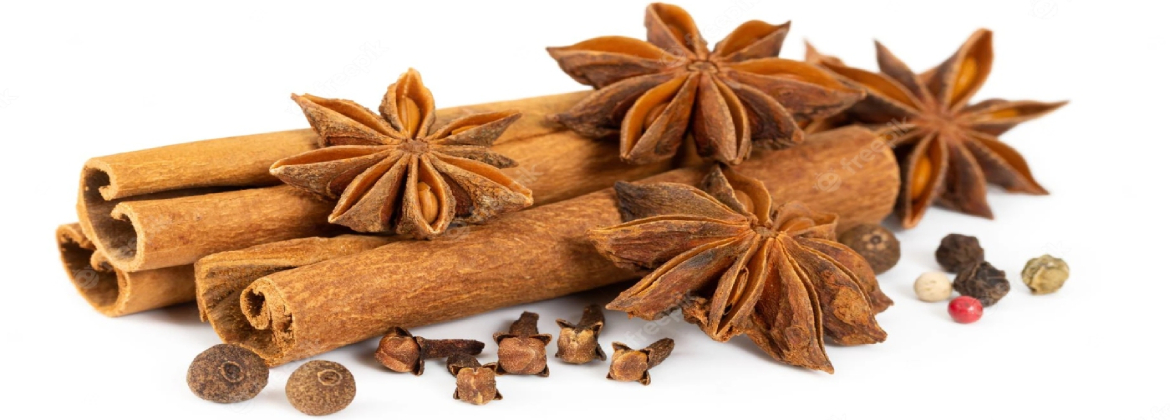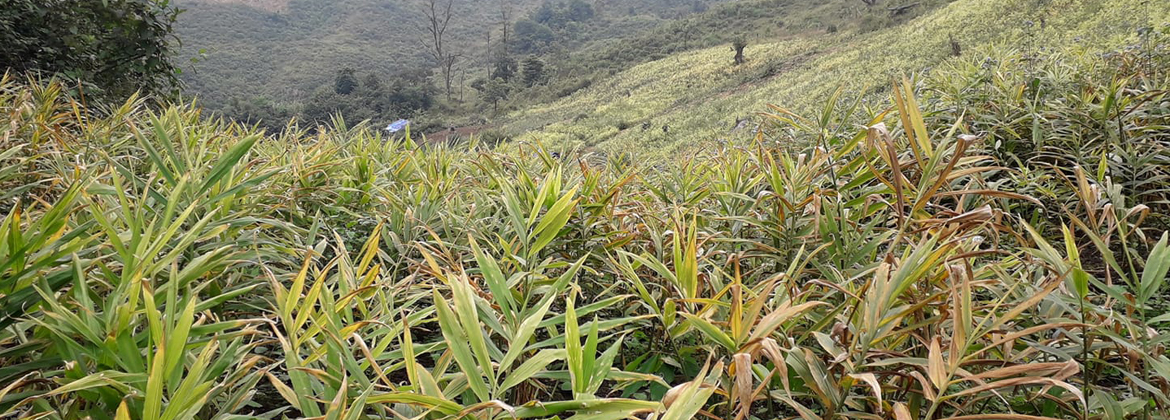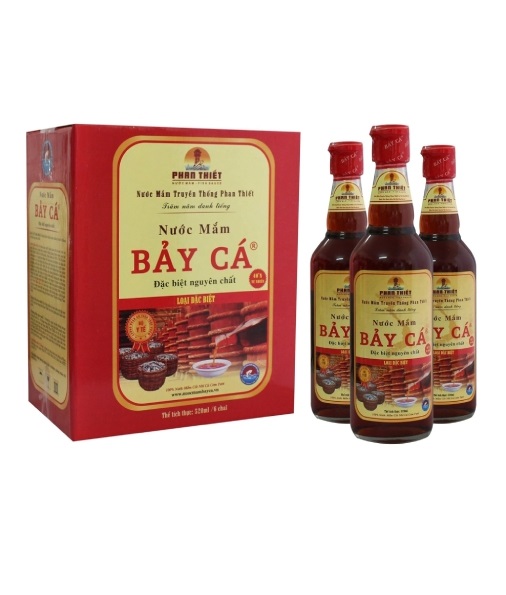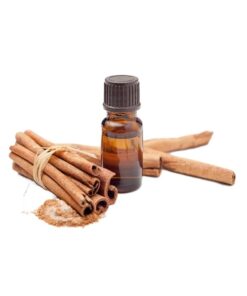FISH SAUCE
Specifications
Origin: Vietnam
Ingredients: 100% pure & natural
Ingredients: Anchovy 80% + sea salt 20%
Color: From golden brown to dark brown
Purity: Clear, no cloudiness, no sediment except salt crystals (may be present)
Odor: Characteristic smell of fish sauce, no strange smell
Taste: Sweet of hydrolyzed fish protein, with an aftertaste, salty but not acrid
Impurities visible to the naked eye: Not present
Total nitrogen content, in g/l, not less than 30
No chemicals, preservatives or colorants are used.
Fermentation time: 2 years
Packing: In Glass bottle 500ml/ PET bottle 1 liter, drum 30 to 200 liter.
35 $
What is fish sauce?
Fish sauce is a pungent and flavorful condiment that has been a staple in many Southeast Asian cuisines for centuries. It is made by fermenting fish, typically anchovies or other small fish, with salt. The fermentation process breaks down the fish proteins and creates a rich, savory liquid that is packed with umami flavor.
Fish sauce is often described as having a salty, briny, and slightly fishy taste. However, when used in cooking, it adds depth and complexity to dishes without overpowering them with a fishy flavor. It acts as a natural flavor enhancer, intensifying the savory notes in a dish.
This versatile ingredient can be used in a wide range of dishes, from stir-fries and marinades to soups and dressings. It adds a unique umami kick that elevates the overall taste profile of the dish. So, if you’re looking to add a savory punch to your cooking, fish sauce is definitely worth exploring.
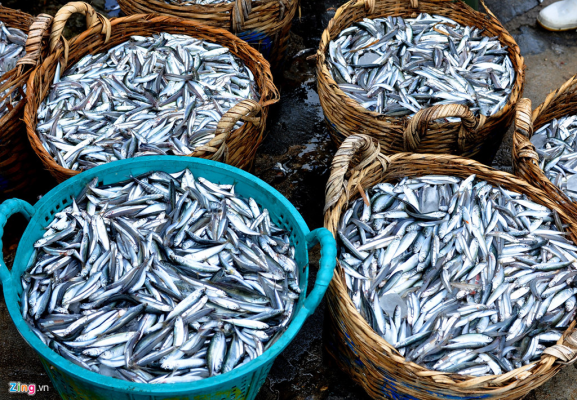
History and origins of fish sauce
Fish sauce has a rich and fascinating history that dates back thousands of years. Its origins can be traced back to ancient civilizations in Southeast Asia, particularly in regions like Vietnam, Thailand, and Cambodia. These coastal communities discovered the art of fermenting fish with salt to create a flavorful condiment.
The exact origins of fish sauce are a bit murky, but it is believed to have been developed as a way to preserve fish and make it last longer. The process of fermenting fish with salt not only preserved the fish but also transformed it into a potent and flavorful liquid.
Over time, fish sauce spread beyond Southeast Asia and became an integral part of various cuisines, including East Asian and Mediterranean. It traveled along trade routes, reaching places like China, Japan, Korea, and even the Roman Empire.
Today, fish sauce continues to be a beloved ingredient in many traditional dishes, as well as a source of culinary inspiration for chefs around the world. Its history is a testament to the ingenuity and creativity of ancient cultures in harnessing the flavors of the sea.
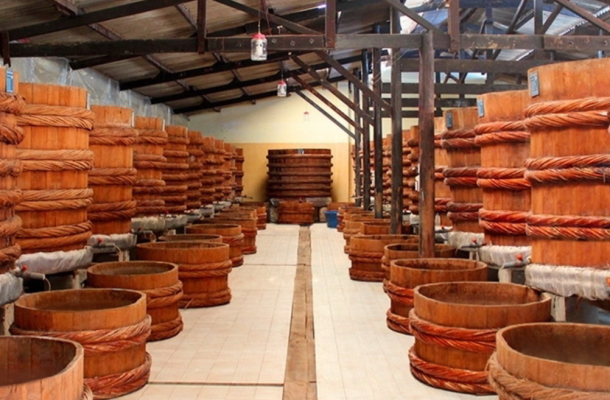
Types of fish used in fish sauce production
Fish sauce can be made using various types of fish, but the most commonly used fish are anchovies and other small, oily fish. These fish are ideal for fish sauce production because they have a high oil content and are rich in flavor.
Anchovies, in particular, are prized for their intense umami flavor, which is concentrated during the fermentation process. Their small size also makes them easier to handle and ferment. Other small fish like sardines, mackerel, and herring can also be used in fish sauce production, depending on regional preferences and availability.
The choice of fish can impact the flavor profile of the fish sauce. For example, anchovies tend to produce a stronger, more assertive flavor, while sardines may result in a milder and slightly sweeter sauce. Each type of fish brings its own unique characteristics to the final product, adding to the diversity of fish sauces found across different cuisines.

Traditional fish sauce-making process
The traditional fish sauce-making process is a labor-intensive and time-honored method that has been passed down through generations. It begins with the selection of fresh fish, typically anchovies or other small fish, which are thoroughly cleaned and sorted.
The fish are then mixed with salt in large vats or barrels and left to ferment for a period of several months to a year. During fermentation, enzymes and bacteria break down the fish proteins, releasing amino acids and creating a complex flavor profile.
The fermentation process is often carried out in open-air conditions, allowing natural microorganisms to contribute to the fermentation. The mixture is periodically stirred or pressed to extract the liquid, which is then filtered to remove any solids.
After filtration, the fish sauce is left to mature and develop its distinct flavor. The length of maturation can vary depending on the desired taste and regional preferences. Some fish sauces are aged for several years, resulting in a more intense and nuanced flavor.
This traditional process highlights the craftsmanship and dedication involved in producing high-quality fish sauce. While modern production methods have been developed to meet the demands of mass production, many artisanal producers still adhere to these time-honored techniques to create exceptional fish sauces.
There are two areas in Vietnam that are most famous for producing fish sauce: Phú Quốc and Phan Thiết. Vietnamese fish sauces are made with anchovies, mackerel, scabbard fish, and salt. High mercury concentration can be found in larger fish, especially in predator fish like scabbard fish. They do not have any additives like sugar, hydrolyzed protein, or preservatives. Vietnamese prefer sauces without a strong smell, and transparent with a deep golden amber color. “First press” fish sauce, meaning the sauce is bottled from the first time the fermenting barrels are drained, also indicates quality. Lastly, when measuring the nitrogen level of fish sauces (N), most fish sauce on the market falls within the mid 20N range. Anything over 30N is considered high-grade, and 40N is optimal.
Specifications
1. DESCRIPTION
Fish sauce is a translucent, not turbid liquid product with a salty taste and fish flavour obtained from fermentation of a mixture of fish and salt.
2. PROCESS DEFINITION
The product is prepared by mixing fish with salt and is fermented in covered containers or tanks. Generally, the fermentation process takes not less than 6 months.
Succeeding extractions may follow by adding brine to further the fermentation process in order to extract the remaining protein, fish flavour and odour. Other ingredients may be added to assist the fermentation process.
3. PRESENTATION
Any presentation of the product shall be permitted provided that it meets all requirements of this standard; and is adequately described on the label to avoid confusing or misleading the consumer.
4. ESSENTIAL COMPOSITION AND QUALITY FACTORS
A. RAW MATERIAL
– Fish: Fish sauce shall be prepared from sound and wholesome fish or parts of fish in a condition fit to be sold fresh for human consumption.
– Salt: Salt used shall be of food grade quality and conform to the Standard for Food Grade Salt (CODEX STAN 150-1985).
– Water: Water for preparing brine shall be potable.
B. OTHER INGREDIENTS
All other ingredients used shall be of food grade quality and conform to all applicable Codex standards.
C. QUALITY CRITERIA
Organoleptic criteria shall be acceptable in terms of appearance, odour and taste as follows:
Appearance:
Fish sauce must be translucent, not turbid and free from sediments except salt crystals.
Odour and taste:
Fish sauce shall have an odour and taste characteristic of the product.
Foreign matter:
This product shall be free from foreign matter.
5. CHEMICAL PROPERTIES
– Total nitrogen content: not less than 10 g/l. Competent authorities may also specify a lower level of total nitrogen if it is the preference of that country.
– Amino acid nitrogen content: not less than 40% of total nitrogen content.
– pH: between 5.0 – 6.5 typical for a traditional product; but not lower than 4.5 if ingredients are used to assist fermentation.
– Salt: not less than 200g/l, calculated as NaCl.
6. FINAL PRODUCT
The product shall meet the requirements of this Standard when lots examined in accordance with Section 11 comply with the provisions set out in Section 10. The products shall be examined by the methods given in Section 9. The packaging for the final product shall be free from any integrity defects, such as cracks, leakage, or loose pieces of the packaging units.
MSDS
MATERIAL SAFETY DATA SHEET
(according to Regulation (EU) No. 1907/2006)
Product name: Fish Sauce
Number: FS1223
1. IDENTIFICATION OF SUBSTANCE/PREPARATION & COMPANY.
Product name: Fish Sauce
Manufacturer/Supplier: Vietnam Essential Oil., JSC
Add: Bai Dai Village, Tien Xuan Commune, Thach That Dist, Ha Noi City, Vietnam
Emergency telephone: +84 903561868
Emergency Contact: Mr. Peter Tron
2. COMPOSITION / INFORMATION ON INGREDIENTS.
Definition/Botanical Origin: The Fish sauce is a translucent, not turbid liquid product with a salty taste and fish flavour obtained from fermentation of a mixture of fish and salt.
Composition: 100% pure & natural
CAS No: Not application
FEMA: Not application
3. HAZARDS IDENTIFICATION.
This product is not hazardous. Not dangerous for the environment.
H304 May be fatal if swallowed and enters airways
H315 Causes skin irritation
H317 May cause an allergic skin reaction
H319 Causes serious eye irritation
4. FIRST-AID MEASURES.
Inhalation: Remove from exposure site to fresh air. Keep at rest. Obtain medical attention.
Eye contact: Rinse immediately with plenty of water for at least 15 mins. Contact a doctor if symptoms persist.
Skin contact: Remove contaminated clothes. Wash thoroughly with soap & water, flush with plenty of water. If irritation persists, seek medical advice.
Ingestion: Rinse mouth out with water. Seek medical advice immediately.
Other: When assessing action take Risk & Safety Phrases into account (Section 15)
5. FIRE FIGHTING MEASURES.
Extinguishing media Use CO2, Dry Powder or Foam type Extinguishers, spraying extinguishing media to base of flames. Do not use direct water jet on burning material.
Special measures: Avoid vapour inhalation. Keep away from sources of ignition. Do not smoke. Wear positive pressure self-contained breathing apparatus & protective clothing.
Extinguishing procedures: Closed containers may build up pressure when exposed to heat and should be cooled with water spray.
6. ACCIDENTAL RELEASE MEASURES.
Personal precautions: Avoid inhalation & direct contact with skin & eyes. Use individual protective equipment (safety glasses, waterproof-boots, suitable protective clothing) in case of major spillages.
Environment precautions: Keep away from drains, soils, surface & groundwaters.
Cleaning up methods Remove all potential ignition sources. Contain spilled material. Cover for spillages: with an inert or non-combustible inorganic absorbent material, sweep up and remove to an approved disposal container. Observe state, federal & local disposal regulations.
7. HANDLING & STORAGE.
Precautions in handling: Apply good manufacturing practice & industrial hygiene practices, ensuring proper ventilation. Observe good personal hygiene, and do not eat, drink or smoke whilst handling.
Storage conditions: Store in tightly closed original container, in a cool, dry & ventilated area away from heat sources & protected from light. Keep air contact to a minimum.
Fire protection: Keep away from ignition sources & naked flames. Take precautions to avoid static discharges in working area.
8. EXPOSURE CONTROLS/PERSONAL PROTECTION.
Respiratory protection: Avoid breathing product vapour. Apply local ventilation where possible.
Ventilation: Ensure good ventilation of working area.
Hand protection: Avoid all skin contact. Use chemically resistant gloves if required.
Eye protection: Use safety glasses.
Work/Hygiene practices: Wash hands with soap & water after handling.
9. PHYSICAL & CHEMICAL PROPERTIES.
Colour: Reddish Brown to Dark brown colour
Appearance: Only liquid
Odour: Typical odour
Specific gravity: Not available
Refractive index: Not available
Optical Rotation : -Not available
Flash point: N/A
Solubility in water: Soluble
Solubility in alcohol: Soluble
10. STABILITY & REACTIVITY.
Reactivity: It presents no significant reactivity hazards, by itself or in contact with water. Avoid contact with strong acids, alkali or oxidising agents.
Decomposition: Liable to cause smoke & acrid fumes during combustion: carbon monoxide, carbon dioxide & other non-identified organic compounds may be formed.
11. TOXICOLOGICAL INFORMATION.
According to current information, not classed as hazardous to health in normal industrial use.
12. ECOLOGICAL INFORMATION.
Biodegradability: Data not available
Precautions: Prevent surface contamination of soil, ground & surface water.
13. DISPOSAL CONSIDERATIONS.
Avoid disposing to drainage systems and into the environment. Seek expert advice.
14. TRANSPORT REGULATIONS.
Shipping by Road (ADR/RID): This product is not considered as dangerous goods
Shipping by Air (IATA) : This product is not considered as dangerous goods
Shipping by Sea (IMDG): This product is not considered as dangerous goods
Precaution: When shipping as non-bulk, this product can be shipped as Non Regulated.
Packing: Safety packing in HDPE or Aluminum drum
Label: Fish Sauce
15. REGULATORY INFORMATION. According to Directive 88/379/EEC
Hazards: Harmful
Symbols: n/a
Risk Phrases: Harmful if swallowed
Safety Phrases: If swallowed seek medical advice immediately and show the container / label.
16. OTHER INFORMATION.
Cosmetics Directive – 7th Amendment – Not Restricted
Check maximum usage levels for skin care products.
PACKAGING:
Type |
Suitability |
Glass |
Yes |
Lacquer lined steel/tin |
Yes |
Aluminium |
Yes |
HDPE |
Yes |
SHELF LIFE.
Best before 36 months from manufacturing date.
Q.C. REQUIREMENTS.
In-line with general product specification. Always satisfy suitability for specific application.
The data provided in this material safety data sheet is meant to represent typical data/analysis for this product and is correct to the best of our knowledge. The data was obtained from current and reliable sources, but is supplied without warranty, expressed or implied, regarding its’ correctness or accuracy. It is the user’s responsibility to determine safe conditions for the use of this product, and to assume liability for loss, injury, damage or expense arising from improper use of this product. The information provided does not constitute a contract to supply to any specification, or for any given application, and buyers should seek to verify their requirements and product use.
Certificate of Analysis
Review
ss




